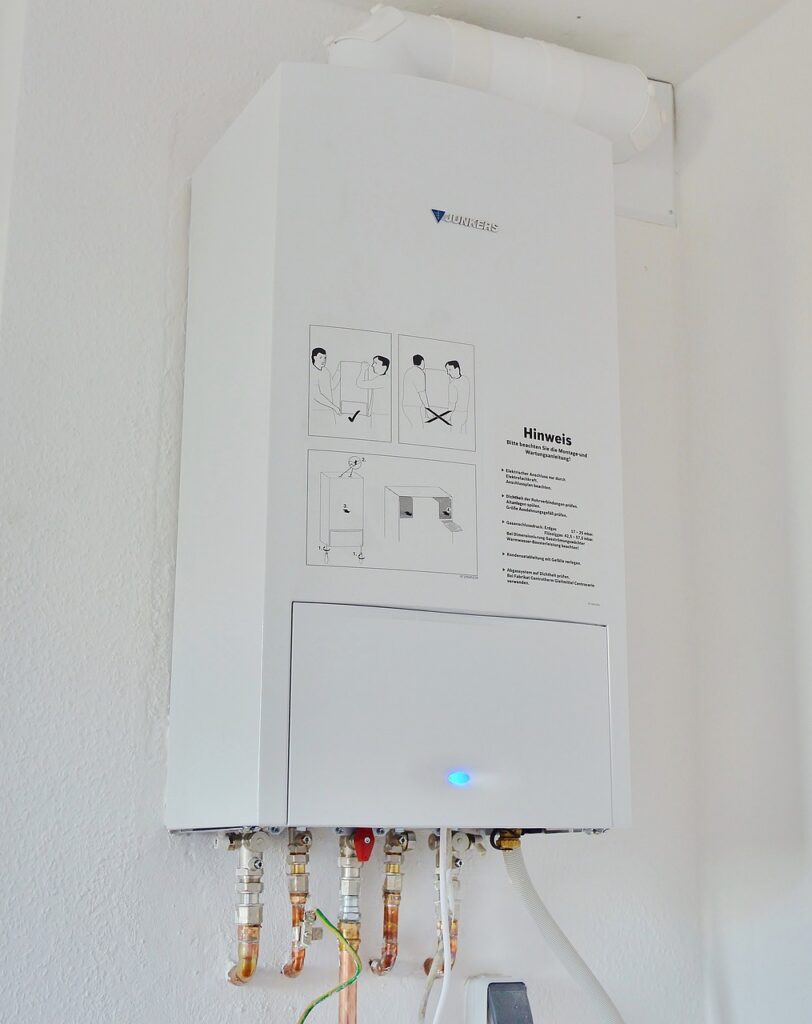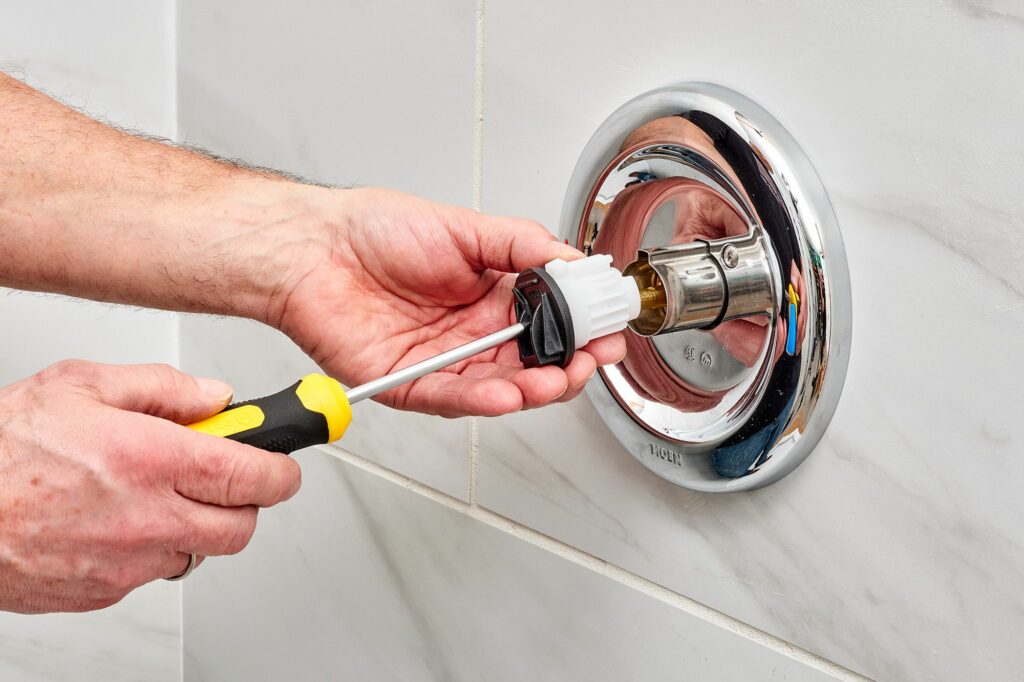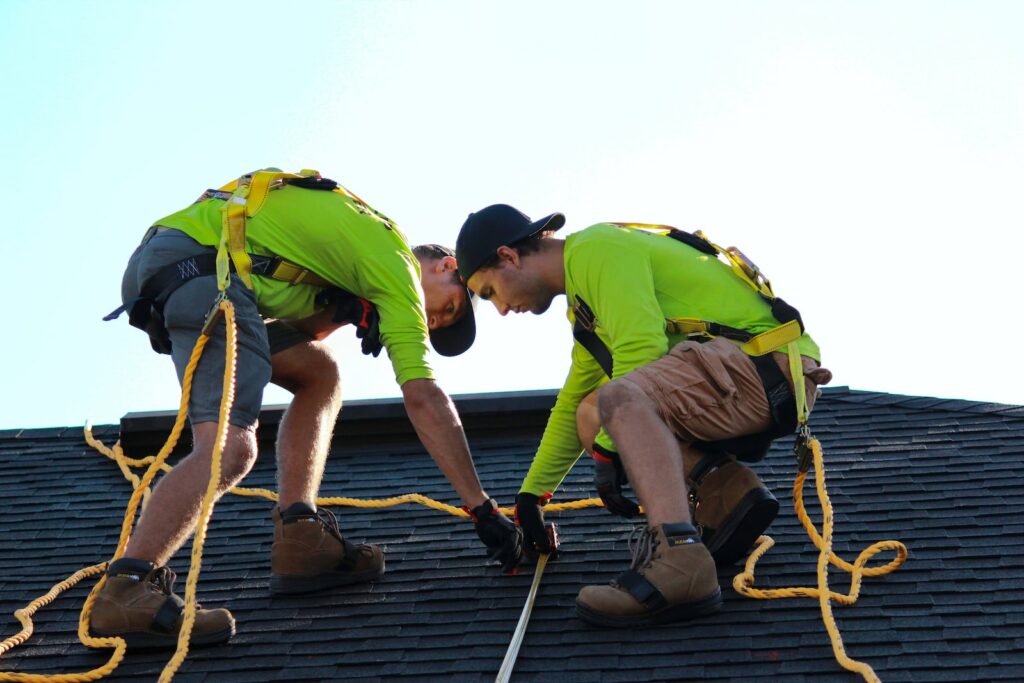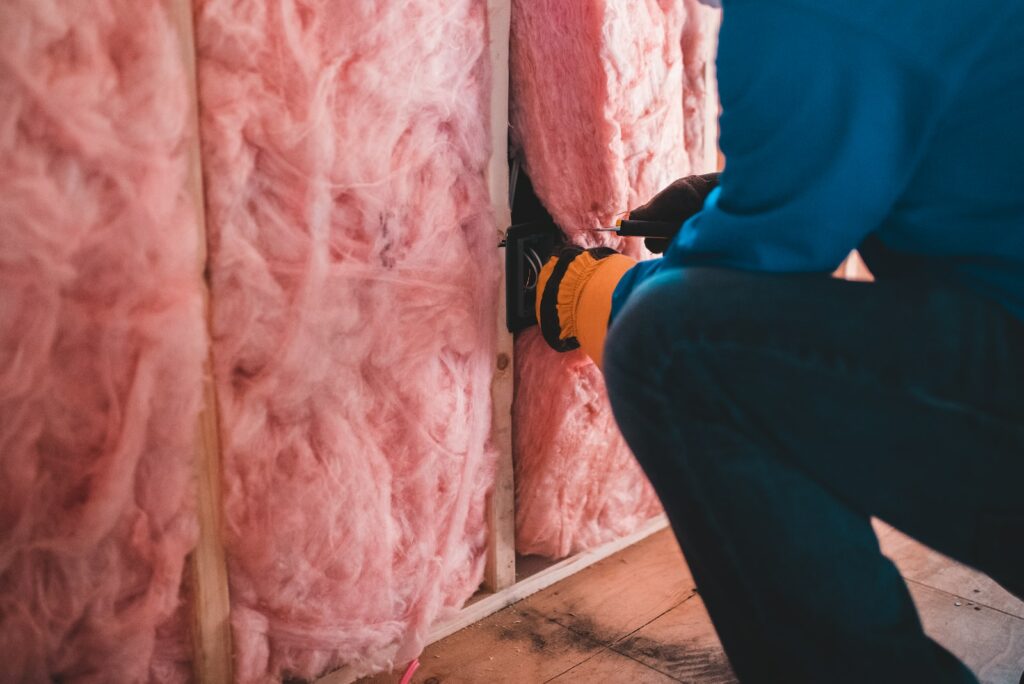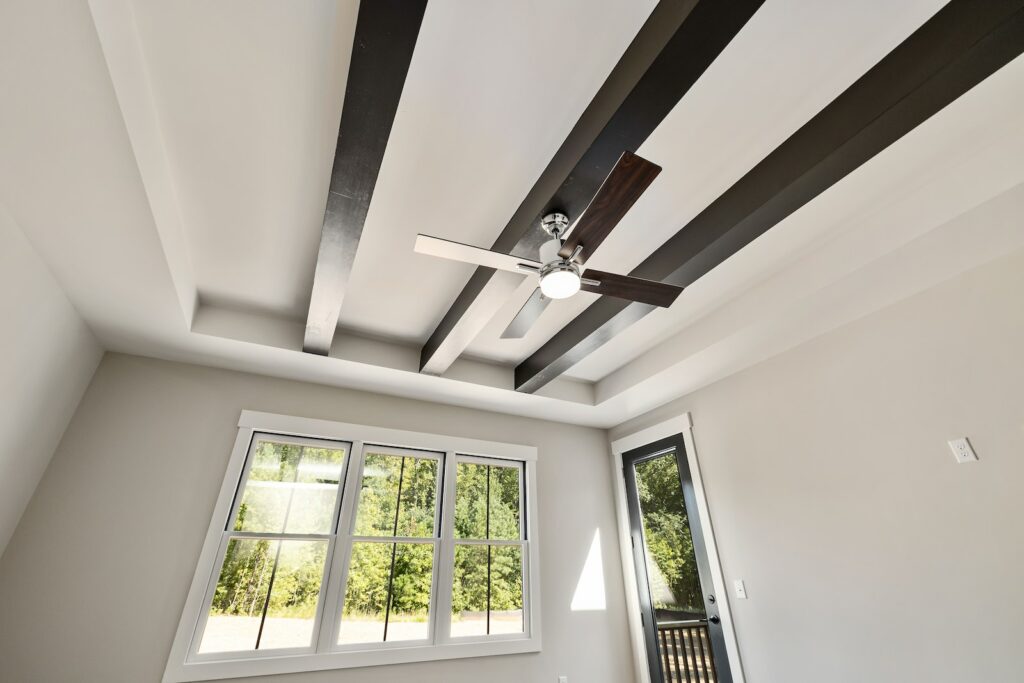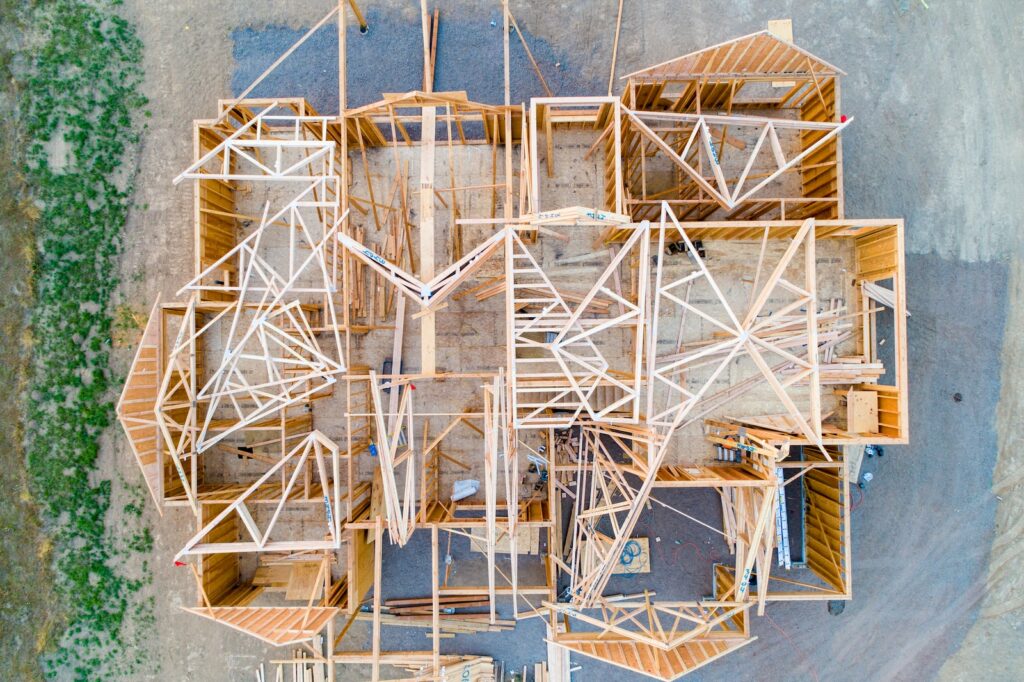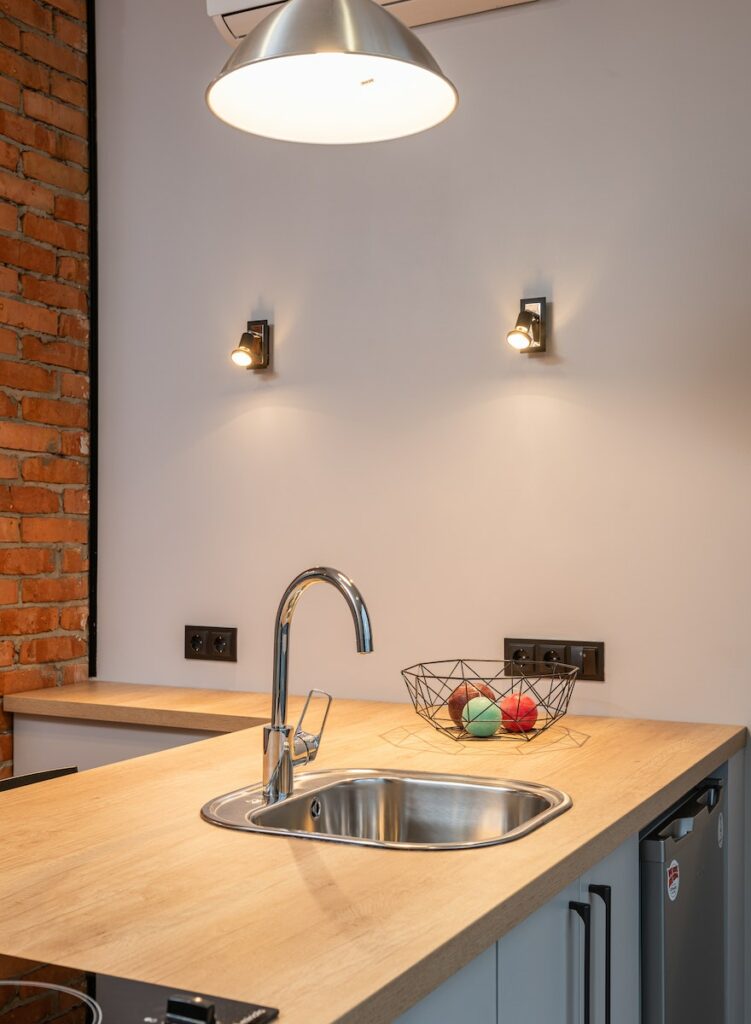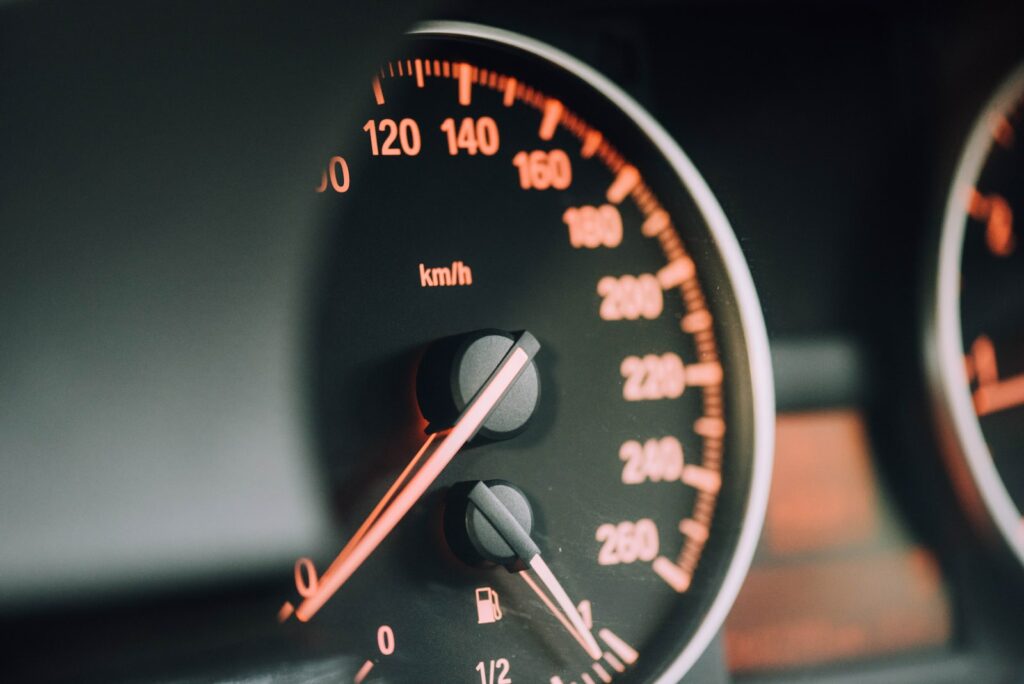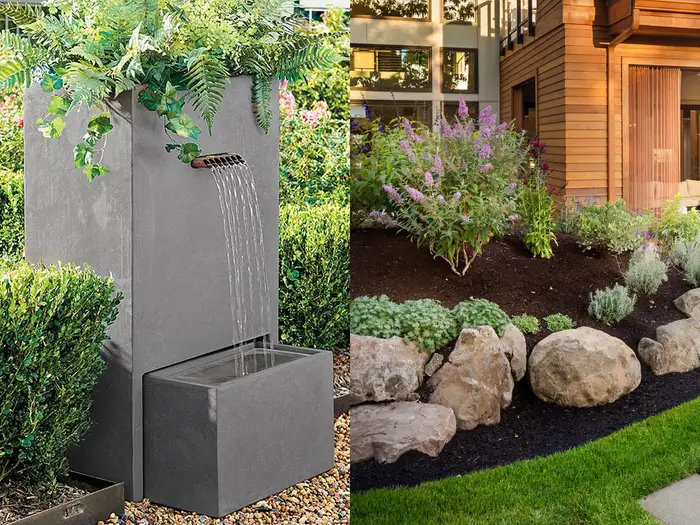How to Install a Tankless Water Heater – A Comprehensive DIY Guide
A tankless water heater is an excellent energy-saving appliance to have in your home. It heats water using energy only when it is needed, meaning you don’t have to pay to keep a large tank of hot water heated. This can save you up to 40% on your energy bills! Installing a tankless water heater yourself is a great DIY project for homeowners who are confident in their abilities. In this guide, we’ll explain the step-by-step process of how to successfully install a tankless water heater.
Getting Started
Before you begin the installation process, there are some important steps to take. First, make sure you have a tankless water heater of the correct size for your home. You’ll need to measure the flow rate for your home’s water supply and choose a tankless water heater with a compatible flow rate. After you’ve got the correct heater, it’s time to prepare for the installation.
The first step is to turn off your home’s main water supply. This will ensure that no water can flow while you’re working on the installation. Then disconnect the hot water outlet pipe from your existing water heater. Next, you’ll need to clear the space where you’ll be installing the tankless heater. Make sure to clear any obstructions and ensure there is enough room for the heater. Also, remember to inspect the area for any gas leaks or ventilation problems that may need to be addressed before installation.
Installing the Water Heater
Now you’re ready to install the tankless water heater. Begin by connecting the gas and water supply lines to the heater, making sure to use Teflon tape on the threads to ensure a watertight seal. Next, connect the venting pipe to the heater, ensuring that it’s sealed in place with the appropriate gaskets. After that, mount the tankless water heater to the wall. You’ll need to make sure that it’s leveled correctly, so use a level to make sure it’s even.
Next, it’s time to connect the hot and cold water lines to the heater. Make sure the hot and cold lines are connected to the correct inlets, as mixing them up could cause damage to your system. Once the lines are connected, it’s time to turn on the gas and water supplies. Make sure to use the shut off valves on the lines to control the flow of gas and water.
Testing and Finishing Up
After the heater is connected, you’ll need to test it out. Turn on the hot water tap at a sink or shower to check that the water is flowing correctly. Check for any leaks in the system and make sure the water is the correct temperature. If everything passes these tests, it’s time to finish the installation.
Before you can use your tankless water heater, you’ll need to light the pilot light. This is a safety feature that prevents gas from building up in the system and causing a fire. Once the pilot light is lit, your water heater is installed and ready to use. You’ll need to follow the manufacturer’s instructions for proper maintenance of the system in order to keep the system working correctly.
Conclusion
Installing a tankless water heater can be a great way to save money on your energy bills. The installation process can be done by a confident DIYer and once complete, you’ll be able to enjoy energy savings of up to 40%. This guide provided a step-by-step process for how to install a tankless water heater. If you follow these instructions, you’ll be able to successfully install your own tankless water heater.
In terms of time and expense, installing a tankless water heater should take around 4-8 hours depending on your experience level and the complexity of the installation. The expense will be determined by the type and size of heater you choose, but you can expect to spend around $300-$1000 on the installation.
Remember to always take safety precautions when installing a tankless water heater. Make sure to turn off the main water supply before you begin, as well as follow the manufacturer’s instructions for lighting the pilot light. Following these instructions will ensure a successful installation and long-term safety for your tankless water heater system.

